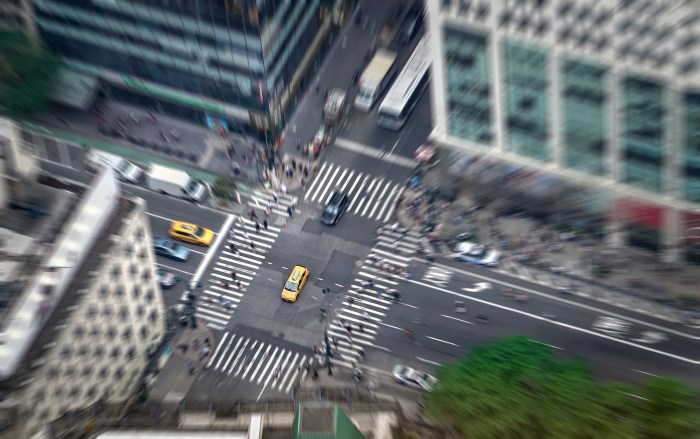By Joan Brown Wettingfeld
Among many forces, it can be said that the steam engine dominated the 19th century. Dependent on the horse or the sail as we were then, the steam engine led us to the age of the automobile and eventually the future ages of flight and of space. With this one invention came a revolution in the way both goods and people were transported and brought us together as a nation of travelers.
In earlier times we had no camera to record what at the time was called Fulton’s Folly (although it soon was considered not folly, but a great success), nor James Watt’s inventions, which would one day make possible the modern steam engine.
By the time of the Civil War there were 20,000 miles of track in the North, though the Southern states could only claim a fragmented 9,000. It was fledgling photographers rather than generals who grew more and more fascinated by the role of railroads. They recorded and recognized the railroad’s role in the conflict of the Civil War. Early photographs show that artillery, including guns, were mounted on railroad flat cars. Supplies could be thrown on board in minutes to get the necessary items to the troops quickly where they were needed.
War photographers followed pioneers as they moved westward across the plains and mountains. They witnessed the story of this expansion, which was relayed by the truthful eye of the early pioneer photographer.
It was with the aid of photography that we were able to make modern transportation vehicles viable. As photographs show, at that time so-called “wire ferries” were still used as an inexpensive and practical way for the gentler sex to cross streams in places like Colorado.
Railroads were to bespeak the ways of the future. Canals constructed only a few decades earlier were falling into disuse. The West became a challenge in the latter half of the 19th century as wagons threaded their way across miles of prairies. They were not viewed happily by the Indian tribes, nor were the railroads as they were built. The race to tie the coasts together by steam began as the rails rolled across the plains. Railroads could attempt to go almost anywhere, including Pike’s Peak. That 9-mile route had been blasted out of solid rock.
However, photos recorded not only the railroads’ triumphs but also the tragedies of minor and major accidents. Some railroad companies never came near their attempts to cross the continent and others failed altogether in the Panic of 1873.
Railroads, which eventually grew in power, occasionally erected great stations such as the one constructed in 1859-1871 in New York City financed by Commodore Vanderbilt. It was the Grand Terminal of the New York Central, now know as Grand Central Terminal.
Though no photographers were able to catch by the lens The Merry Oldsmobile or Henry Ford’s Tin Lizzy, there were scores of photographs taken of later models of early cars. The motor car ended the long reign of the horse and soon went on to challenge the trolley car.
In a few years even the train’s role was usurped and instead we look at pictures taken of gigantic trucks and very soon we are brought into the world of the airplane sent to the fore by the Wright brothers in 1903, a triumphant moment caught on film.
The old photographs still record the past, but a whole new age lay ahead.
Joan Brown Wettingfeld is an historian and freelance writer.




































